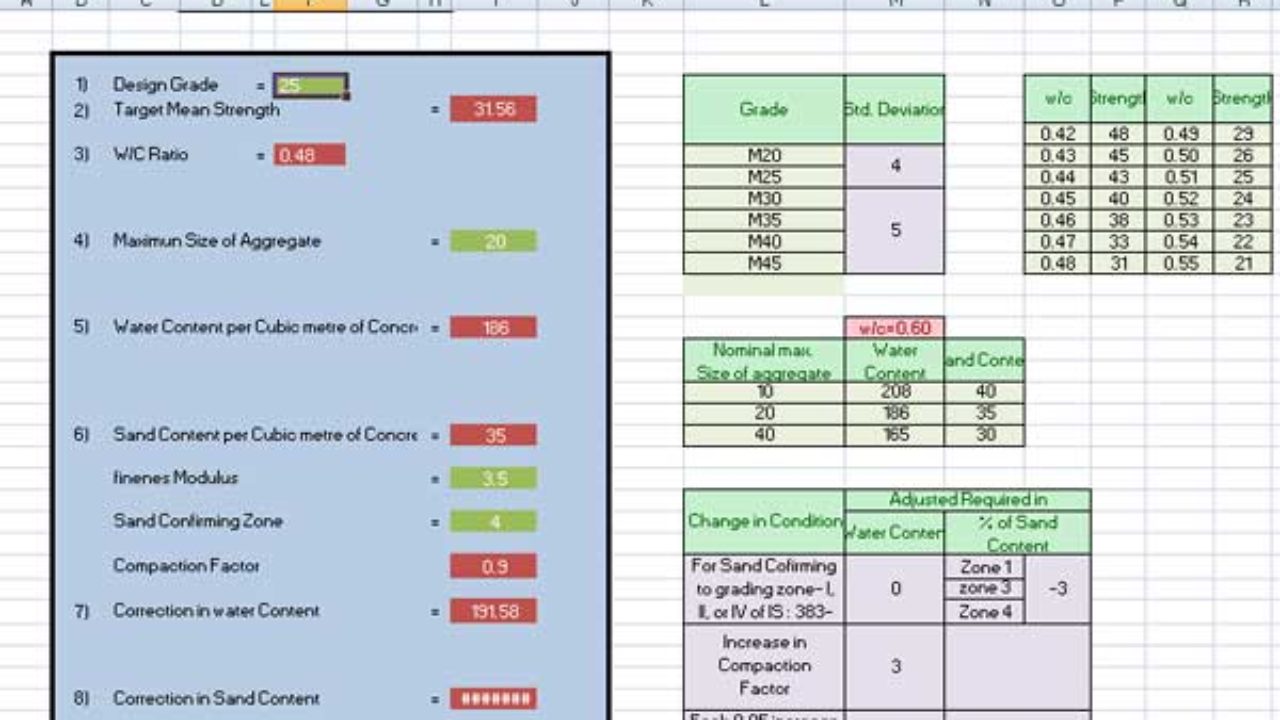Table Of Content

Whenever you draw hair with a pen, make sure to use light, delicate strokes. Then progressively cover the lighter lines with darker shading. Try to fully develop the pattern with a pencil before beginning to shade with a pen. Leave areas where the hair catches the light clear and only add shading there very selectively near the end of the process. Going to the lighter parts of the hair and adding a few extra touches there will add even more realism to you hair sketch.
thoughts on “How to draw hair fast and easy for beginners: Step by Step”
Keep in mind that you're not drawing the single hairs here, just their flow. Using our reference picture as a guide, we can also now add a tiny bit of shading to the neck. This provides the appearance that the hair falls onto the shoulders and gives the idea that there is depth under the hair. Once we have the main body of the hair developed, we can go back and add those stray hairs. Deliberate and confident marks work best for stray hairs. It doesn't have to be an exact copy of the subject, so don't put too much pressure on yourself to make it perfect.
Best eyebrow makeup 2024: I tested 9 kits, pencils & gels - Cosmopolitan UK
Best eyebrow makeup 2024: I tested 9 kits, pencils & gels.
Posted: Tue, 02 Apr 2024 07:00:00 GMT [source]
Featured Articles

Similar to the first example begin by drawing the main shape of the hair with the largest details over top of the head/hairline. Refine the shading by creating smoother gradients between the mid tone, light and “in shadow” areas of the hair. Try and make the shading strokes in a way where they flow along the different hair clumps and folds. Also try and keep your strokes somewhat visible (don’t blend them too much) to create an effect of individual hairs as you shade.
Guide to Creating Color Schemes
I also put in some irregularities around the edges to match the surface (B). • Hair does not form a compacted shape, nor a consistent one. It is very light, so when the character moves, the wind, the humidity, or anything that surrounds it can affect its silhouette. Hair locks must somehow wrap the head following the curves of its surface.
Step 5
• The little strands on Step 3 follow a very similar direction, but slightly more pronounced, enough to add dynamism to the shape of the hair clump. I might change my mind later on, but this stage allows me to see my hair ideas more clearly. As my drawing advances, I ponder some possibilities for drawing the hair. This character will have straight hair, cut just over the shoulders. I think no bangs would be better, but I want some hair to cover one eye, and the tips of the hair to curl inwards.
Keep in mind that until the hair merges with other clumps of hair, it is often exposed to light. Given the number of shadows in these areas, our drawing strokes will be darker. Do not go too dark too soon, as it is easier to add dark tones than to remove them when drawing with pen. It’s a rather straightforward process to learn how to apply light and shade using a pen, but at times it could seem repetitive. An excellent idea is to take a break, relax for a bit, and then return to drawing with a renewed perspective.
Learn how to draw different kinds of hair in this step-by-step tutorial.
Light reflects off of hair differently and textures are diverse. Once we have a good understanding of the light, we can begin developing the texture and value of the hair. The directional strokes that are used should flow along the form of each collection of hairs. With curly hair, the collections are smaller and more compact. Since the hair is curly, the directional strokes that we make for each "clump" should also curve just as the hair does. After the harder and lighter pencil is applied, we'll progress to a darker and softer one - addressing the areas of darkest value and tone.
It has to do a lot with the shape of the head and the position and type of hairline. To do this, move your pencil to the hair part and draw several lines in the direction of where the hair grows. These lines can vary in length, from long to short, just so long as they follow the hairstyle. Darlene created RFA In 2013 with the goal of sharing simple yet detailed drawing tutorials with other artists on the world wide web.
The 17 Best Eyebrow Pencils of 2024 - Harper's BAZAAR
The 17 Best Eyebrow Pencils of 2024.
Posted: Thu, 07 Dec 2023 08:00:00 GMT [source]
How to Draw Hair Step by Step Tutorial

It is worn in different styles, colors, lengths, and textures. I’ve always thought that short, almost shaved hair feels like a carpet! And when I draw it, I like to give it a prickly, pointy, rough appearance. • The green area (1) indicates the gap between the head and the edge of the hair.
All of these hairstyles are super cute and would be fun to sketch. I also love how they include individual closeups of the curls. After the general shape has been defined, we'll consider the light source. In this case, the light source originates from the upper right corner. This produces highlights on the upper right portion of the head. Even though we have light areas here, we'll still see some dark values as well.
Learning how to draw hair or drawing hairstyles is simpler than one may imagine. The core principles of hair drawing is fairly straightforward. Do not approach the task with the idea that you should draw each strand individually. Instead, if you draw hear as one overall shape, then it only takes a few pen or pencil strokes to create a head of hair.
If you can, draw your own head base, but if what you’re looking for is pracrice, you can printe the one we have right here and draw on top of it. Hair has always been present in art, being the common nightmare of the beginner artist. However, in this tutorial, you’re going to learn how to draw and shade hair in an easy way.
I use a mixture of dull and sharpened pencils as well as mechanical pencils. As you are creating each stroke, remember to press and then lift as you approach the area you want to highlight. Work your strokes inwards so they fade in the middle of the lock. Work on one part of the hair at a time, while following the general direction in which the strands flow. In dark areas, don’t be afraid to press hard (I used a 6B to 8B for these areas). To bring out highlights, flatten your kneaded eraser and swipe it in the desired direction.
On the other hand, straight hair has serene, calm, simple and maybe elegant lines. Try to follow your intuition when drawing shadows and highlights for hair. “Lighting” is an extensive and super interesting topic, and I am afraid that what I explain here is not enough to cover it!
Both a pencil and a pen can be used in this lesson on hairstyle drawing. We want to keep this concept in mind as we work through this lesson on how to draw realistic hair from beginning to end. Always bear in mind that the goal of drawing hair is to resemble the true quality of hair. A collection of lines that might be wavy, curly, straight, etc. are what comes to mind when we think of hair. We draw these by gradually adding deeper tones and shadows.












